Every corner of the globe holds unique stories waiting to be uncovered, but certain places stand out as true wonders, creations of such grandeur that they inspire awe. The beauty, architecture, and rich history of these sites add to their mystique. Despite countless stories and images, they continue to captivate with their allure, historical significance, and masterful designs. Each wonder possesses its distinct charm, a unique narrative, and a special place on the world map.
Let's explore these remarkable destinations:
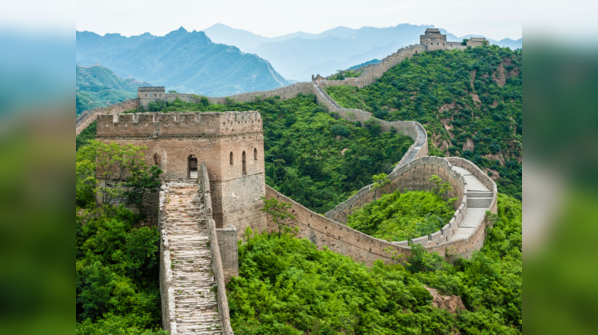
The Great Wall of China, a series of fortifications constructed from stone, brick, and earth, stretches over an incredible 21,000 kilometers. This immense structure exemplifies human determination and architectural prowess. Built without modern machinery, its construction relied on the labor of soldiers, peasants, and prisoners. Construction began as early as the 7th century BC and continued until the 17th century AD, with significant portions completed during the Ming Dynasty. Its enduring presence is a testament to centuries of effort.
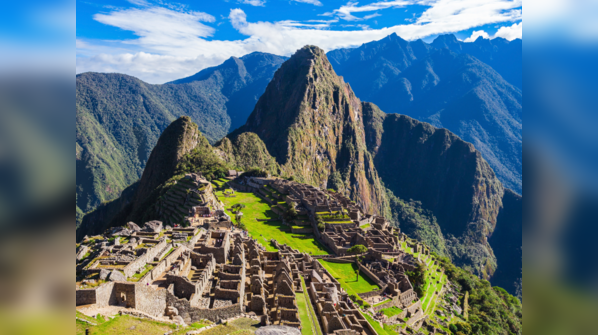
Hidden within the Andes Mountains of Peru, Machu Picchu is an archaeological marvel. Often referred to as the "Lost City of the Incas," it was constructed around the 15th century. Its spectacular setting, ingenious architecture, and enduring mystery continue to inspire awe. Situated on a mountain ridge at approximately 2,430 meters (7,970 feet), the city's stone structures appear to emerge organically from the earth. The complex includes temples, plazas, terraces, fountains, and residential areas.
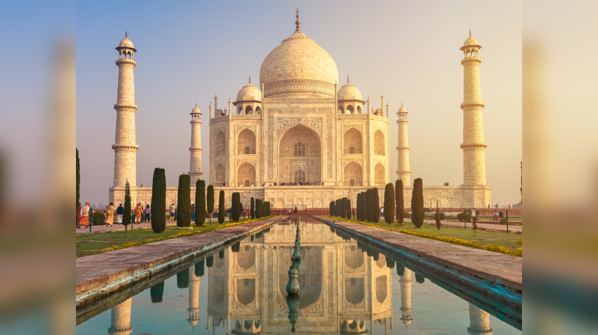
The Taj Mahal in Agra is synonymous with eternal love. As one of the most celebrated monuments in history and one of the Seven Wonders of the World, this white marble masterpiece is an emblem of India. Mughal emperor Shah Jahan commissioned it in memory of his wife, Mumtaz Mahal. Construction commenced around 1632 AD and concluded in 1648 AD. Including the mosque, guest house, and main gateway, the Taj Mahal is a testament to symmetry, artistry, and devotion.
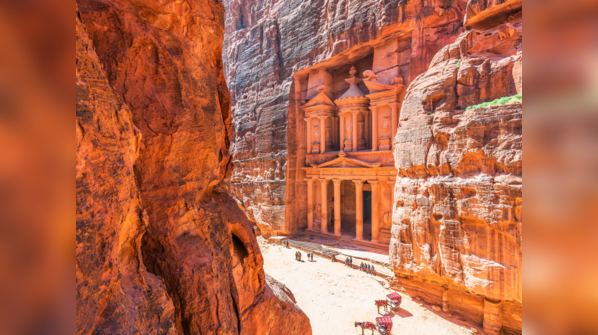
Deep within the rugged terrain of Jordan lies Petra, a masterpiece of architecture celebrated for its rock-cut structures and historical importance. Known as the "Rose City" due to its red hues and sandstone facades, Petra showcases ancient engineering and imagination. The city encompasses a vast area with marvels such as the Monastery, Royal Tombs, and the Great Temple, along with smaller dwellings and burial sites. Established as early as the 4th century BCE, Petra became the capital of the Nabataean kingdom, controlling trade routes to Egypt and the Mediterranean.

Originally known as the Flavian Amphitheater, the Colosseum stands in the heart of Rome. As one of the world’s most iconic monuments, it serves as a reminder of ancient Rome, having witnessed nearly 2,000 years of history. Construction began in 72 CE during the reign of Emperor Vespasian. The Colosseum was Rome’s stage for drama and entertainment, where gladiators fought to the death and exotic animals battled each other. Despite its age, the Colosseum remains a symbol of Rome’s enduring legacy, attracting millions of visitors annually.
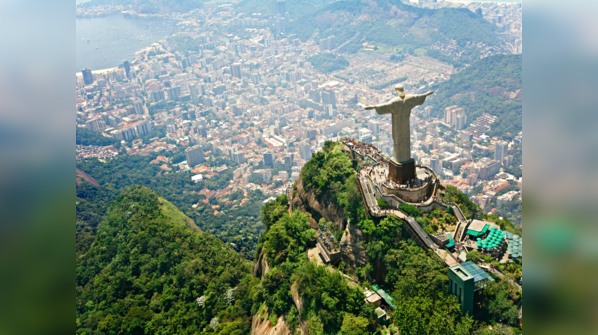
High above Rio de Janeiro, with arms outstretched as if to embrace the city, stands Christ the Redeemer (Cristo Redentor). This iconic statue was recognized as one of the New Seven Wonders of the World in 2007. The monument's concept dates back to the mid-19th century, but the plans took shape in the 1920s. More than just a religious symbol, Christ the Redeemer represents hope and welcome, drawing millions of visitors for its spiritual significance and breathtaking views.

Located in Mexico’s Yucatan Peninsula, Chichen Itza is an ancient city steeped in history. Founded around the 5th and 6th centuries, it was inhabited by people skilled in astronomy, mathematics, and architecture. A UNESCO World Heritage Site, Chichen Itza is one of Mexico’s most visited landmarks. The surviving ruins provide a glimpse into the civilization that once thrived there.
Newer articles
Older articles
 Indian Astronaut Joins ISS: Shukla's Mission Ushers in New Era for India's Space Program
Indian Astronaut Joins ISS: Shukla's Mission Ushers in New Era for India's Space Program
 Ashada Gupt Navratri 2025: Unveiling Dates, Sacred Rituals & Hidden Significance
Ashada Gupt Navratri 2025: Unveiling Dates, Sacred Rituals & Hidden Significance
 Rishabh Pant's Unconventional Batting Redefining Cricket, Says Greg Chappell
Rishabh Pant's Unconventional Batting Redefining Cricket, Says Greg Chappell
 Moto G54 Price Slashed in India: Check Out the New, Lower Cost
Moto G54 Price Slashed in India: Check Out the New, Lower Cost
 JPG to PDF: A Graphic Designer's Guide to File Conversion and Quality Preservation
JPG to PDF: A Graphic Designer's Guide to File Conversion and Quality Preservation
 'The Traitors' Star Apoorva Mukhija Accuses Sudhanshu Pandey of Misogyny and Verbal Abuse After On-Screen Drama
'The Traitors' Star Apoorva Mukhija Accuses Sudhanshu Pandey of Misogyny and Verbal Abuse After On-Screen Drama
 Van der Dussen to Captain South Africa in T20I Tri-Series Against New Zealand and Zimbabwe
Van der Dussen to Captain South Africa in T20I Tri-Series Against New Zealand and Zimbabwe
 20 Minutes to a Healthier Brain and Heart: Neurologist's Simple Strategies to Combat Cholesterol, Blood Pressure, and Dementia Risk
20 Minutes to a Healthier Brain and Heart: Neurologist's Simple Strategies to Combat Cholesterol, Blood Pressure, and Dementia Risk
 England's Audacious Batters Claim They Could Have Chased Down 450 in First Test Win Over India
England's Audacious Batters Claim They Could Have Chased Down 450 in First Test Win Over India
 Popular Finance YouTuber "financewithsharan" Hacked: Security Measures to Protect Your Account
Popular Finance YouTuber "financewithsharan" Hacked: Security Measures to Protect Your Account